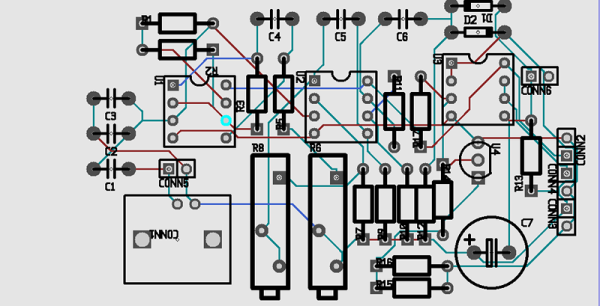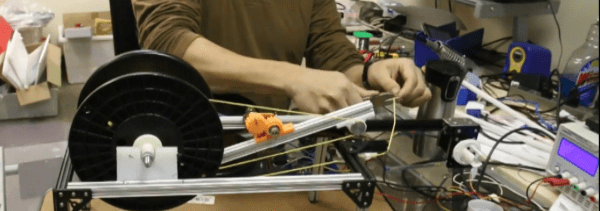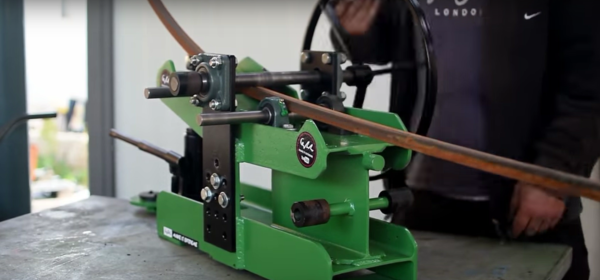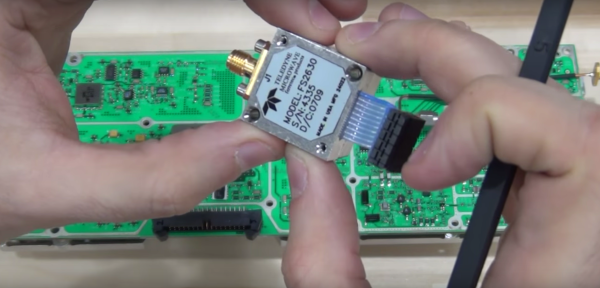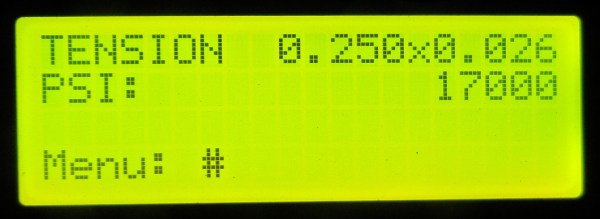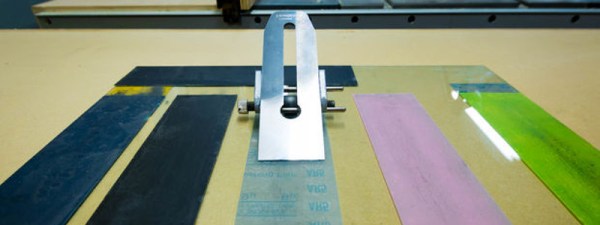If you lay out PC boards using software, it is a good bet you have an opinion about autorouters. Some people won’t use a package that can’t automatically route traces. Others won’t accept a machine layout when they can do their own by hand. You can, of course, combine the two, and many designers do.
The open source gEDA PCB package (and pcb-md) have an autorouter, but it is pretty simplistic. [VK5HSE] shows how you can use a few tools to interface with the Java Freerouting application, to get a better result. For example, the original router made square corners, while the Freerouting application will create angles and arcs, if configured properly.

